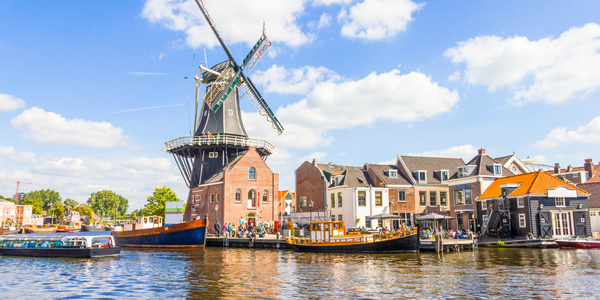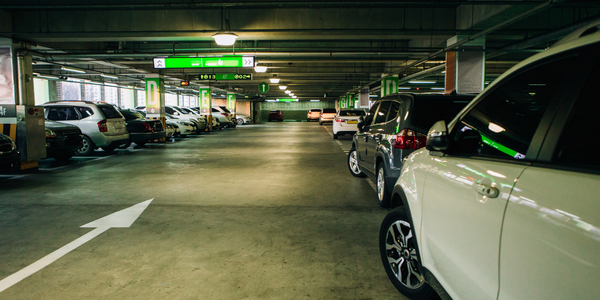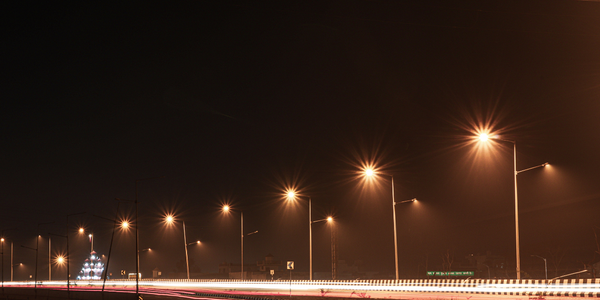Customer Company Size
Mid-size Company
Region
- America
Country
- United States
Product
- Nutanix NX-3060-G4 Series
- Nutanix Prism
Tech Stack
- VMware
- Nutanix NOS
Implementation Scale
- Enterprise-wide Deployment
Impact Metrics
- Cost Savings
- Customer Satisfaction
- Productivity Improvements
Technology Category
- Infrastructure as a Service (IaaS) - Cloud Computing
- Infrastructure as a Service (IaaS) - Cloud Storage Services
Applicable Industries
- Cities & Municipalities
Applicable Functions
- Business Operation
Use Cases
- Remote Asset Management
Services
- Cloud Planning, Design & Implementation Services
- System Integration
About The Customer
The City of Westfield is a growing community located in the foothills of the Berkshires in Western Massachusetts, with a population of 41,000 residents. Known as the 'Whip City', Westfield has a rich history of innovative businesses dating back to the 19th century, including the manufacturing of bricks, whips, and cigars. Today, the city is recognized for its prominent position in the precision manufacturing industry. The city's IT department serves as the hub for all municipal IT services, supporting public safety departments, schools, and various city services. With 33 remote sites, 2,500 end users, and 5,800 students, the IT infrastructure plays a critical role in the city's operations.
The Challenge
The City of Westfield faced the challenge of an aging IT infrastructure that was reaching end-of-life. Their existing HP EVA storage C7000 enclosure with six blade servers and VMware was due for a refresh. The city needed a more efficient and cost-effective solution to support its IT services, which included public safety departments and schools. The IT department was responsible for 33 remote sites, 2,500 end users, and 5,800 students, making it crucial to find a reliable and scalable solution. Additionally, the city was looking to reduce operational costs, improve application performance, and enable seamless upgrades without disrupting services.
The Solution
The City of Westfield decided to implement the Nutanix NX-3060-G4 Series and Nutanix Prism management solution to address their IT challenges. The deployment was facilitated by the Nutanix Global Services Organization, which ensured a smooth and quick installation process. The city migrated its applications, including mission-critical financial servers, to the new platform over four weeks. The Nutanix solution replaced half a rack of HP equipment with just 2u of Nutanix, providing significant space savings. The city also reduced the number of VMware vSphere instances, powering down four of the six existing HP blades, which led to substantial cost savings in VMware licensing and maintenance. The Nutanix platform offered improved application performance, with financial reports generating 5-10 times faster than before. The Prism interface provided increased visibility and simplified system management, reducing the time spent on managing storage and VMs. The city also benefited from faster backups and restores, with nightly backup times reduced by two to three hours.
Operational Impact
Quantitative Benefit

Case Study missing?
Start adding your own!
Register with your work email and create a new case study profile for your business.
Related Case Studies.

Case Study
Turning A Stadium Into A Smart Building
Honeywell created what it called the “intelligent system” for the National Stadium in Beijing, China, turning the venue for the opening and closing events at the 2008 Summer Olympics into a “smart building.” Designed by highly controversial artist Ai Weiwei, the “Bird’s Nest” remains one of the most impressive feats of stadium architecture in the world. The 250,000 square meter structure housed more than 100,000 athletes and spectators at a time. To accommodate such capacity, China turned to Honeywell’s EBI Integrated Building Management System to create an integrated “intelligent system” for improved building security, safety and energy efficiency.
.png)
Case Study
Smart Street Light Network (Copenhagen)
Key stakeholders are taking a comprehensive approach to rethinking smart city innovation. City leaders have collaborated through partnerships involving government, research institutions and solution providers. The Copenhagen Solutions Lab is one of the leading organizations at the forefront of this movement. By bringing together manufacturers with municipal buyers, the Copenhagen Solutions Lab has catalyzed the development and deployment of next-generation smart city innovations. Copenhagen is leveraging this unique approach to accelerate the implementation of smart city solutions. One of the primary focus areas is LED street lighting.

Case Study
Buoy Status Monitoring with LoRa
The Netherlands are well-known for their inland waterways, canals, sluices and of course port activities. The Dutch Ministry of Infrastructure indicates that there are thousands of buoys and fixed items in and near water environments that would profit from IoT monitoring. One of the problems with buoys for example, is that they get hit by ships and the anchor cable breaks. Without connectivity, it takes quite some time to find out that something has happened with that buoy. Not to mention the costs of renting a boat to go to the buoy to fix it. Another important issue, is that there is no real-time monitoring of the buoys at this moment. Only by physically visiting the object on the water, one gains insight in its status.

Case Study
Barcelona Case Study
Barcelona’s heavy traffic and its associated high levels of pollution were the primary factors that motivated some companies and universities to work on strategies for improving traffic in the city centre. Bitcarrier is one of the technologies involved in the In4Mo Project, whose main objective is to develop the applications that form the core of smart mobility, one of the fundamental pillars of the smart city concept.

Case Study
China Mobile Smart Parking
Smart Parking, powered by NB-IoT technology, is making it easier for drivers to find free parking spots. Cities can better manage their parking assets and maximize the revenue available to them as a result. Drivers searching for parking create congestion and pollution by circling and hunting for available parking. Smart Parking services are able to significantly ease these problems by guiding a driver directly to a parking space.








